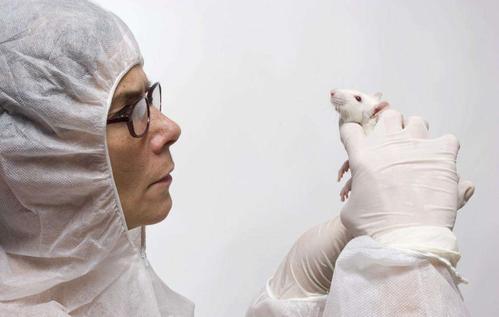
In animal experiments, it is sometimes necessary to anesthetize animals, but most of the statements about anesthetics are limited to their effects, route of administration, side effects, etc. The mechanism of action for anesthetics is some drugs administered by injection, such as barbiturates , Diazepam, ketamine and other educated and clear mechanisms of action, that is, stimulating or blocking certain receptors, so that the central nervous system is in a certain degree of inhibition, other anesthetics rarely mention its pharmacological mechanism of action. This brings a lot of trouble to some animal experiments involving the central nervous system, and also confuses how to choose a suitable anesthetic to minimize the interference of the drug on the experiment.

For example, the preparation of stroke animal models generally does not use pentobarbital sodium or ketamine, but chloral hydrate. Because the GABA receptor agonism of pentobarbital sodium and the NMDA receptor blockade of ketamine can protect ischemic neurons, which affects the true results of model preparation; then why can chloral hydrate be used? What is its target for pharmacological action?
Another example, inhalation anesthesia, such as ether, can aggravate the damage of the ischemic penumbra and may expand the scope, so it cannot be used in stroke models. So, what is the mechanism of action?
Other commonly used anesthetics, such as inhalation anesthetics such as halothane, chloraldose, and uratan that can sleep forever, what is their mechanism of action? What are the pharmacological targets?